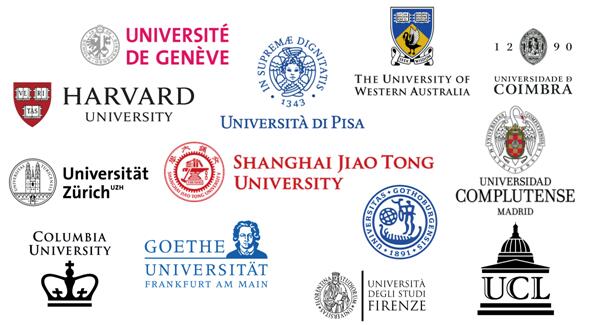Shanghai experts lead the release of the "Chinese Expert Consensus on Peripheral Intervention via Radial Artery Approach", filling a gap in treatment in China | Field | Chinese Expert Consensus on Peripheral Intervention via Radial Artery Approach "
The 14th China Cancer Intervention and Minimally Invasive Treatment Conference and the 8th Asia Pacific Cancer Intervention Conference held today announced that the "Chinese Expert Consensus on Peripheral Intervention through the Radial Artery" led by the Interventional Department of Zhongshan Hospital affiliated with Fudan University has been officially released, which will effectively fill the gap in the field of interventional diagnosis and treatment in China.
What is intervention? Experts explain that under the guidance and monitoring of imaging equipment, puncture needles, catheters, and other interventional devices are used to guide specific instruments into the affected area of the human body through natural pores or small wounds for minimally invasive treatment. In recent years, interventional therapy has been widely known for its advantages of minimally invasive, efficient, and precise treatment. However, traditional peripheral intervention surgery often uses the femoral artery approach, which requires strict immobilization of the lower limbs for 6 hours and bed rest for at least 12 hours after surgery, causing inconvenience to patients. Improving the postoperative patient experience has become one of the urgent clinical challenges that need to be addressed.
Professor Yan Zhiping, the chairman of the conference and director of the Interventional Department of Zhongshan Hospital, introduced that over the past 10 years, clinical research has shown that compared to the more commonly used femoral artery approach in peripheral intervention surgery, the radial artery approach is safer and the postoperative recovery is faster. This is because the radial artery is located superficially and there are no important nerves or blood vessels around it, which can reduce the risk of puncture related complications. Even if bleeding occurs at the puncture site, it can be detected and treated earlier, and postoperative hemostasis and monitoring are also easy.
Professor Yan Zhiping, as the Chairman of the Cancer Intervention Professional Committee of the China Anti Cancer Association, organized a working group of national intervention experts in 2022. After more than a year of careful consideration, polishing, and multiple discussions and revisions, the final draft was officially finalized in March 2023. The consensus fully summarizes the clinical application experience of radial artery approach in peripheral intervention diagnosis and treatment in recent years, providing unified treatment and operational standards for clinical doctors, filling the gap in this field in China, and allowing more patients to benefit from it.
Expert supplement: The anatomical characteristics of the ulnar artery, radial artery, and dual arterial blood supply in the hand, and the occlusion of the radial artery leading to blood supply obstruction, mostly do not seriously affect the blood supply in the hand. The radial artery approach can improve the management of postoperative eating, defecation, and pain in patients, avoiding the problem of prolonged lower limb immobilization increasing the risk of deep vein thrombosis in the lower limbs. Patients generally have a good response.
After more than 10 years of development, the China Cancer Intervention and Minimally Invasive Therapy Conference has become one of the most influential academic platforms in the field of cancer intervention and minimally invasive therapy in China. This year's conference has established 34 specialized sub forums, attracting more than 400 domestic and foreign experts and professors, focusing on the latest achievements and future research directions in tumor intervention and minimally invasive treatment.
Professor Gu Jianying, Secretary of the Party Committee of Zhongshan Hospital, stated that as a pilot hospital for high-quality development of public hospitals and one of the first batch of comprehensive national medical centers, it has actively promoted the upgrading of medical equipment through medical industry cooperation for many years. This year, the Interventional Surgery Department will also add 3 DSA operating rooms and 3 DSA devices including CT-DSA all-in-one machines, promoting the era of intelligent and precise diagnosis and treatment in interventional surgery.
Professor Fan Jia, academician of the Chinese Academy of Sciences and director of Zhongshan Hospital, introduced that Zhongshan Hospital carries out nearly 60000 types of interventional surgeries every year, of which more than 20000 cases are minimally invasive interventional treatments for tumors. In the future, hospitals will focus on research and development in areas such as treatment technology, innovative drugs, medical devices, and medical equipment, to solve key core technologies such as "one stop at the door" and "bottleneck", and strive to build a national intervention and radiation therapy clinical research center.




